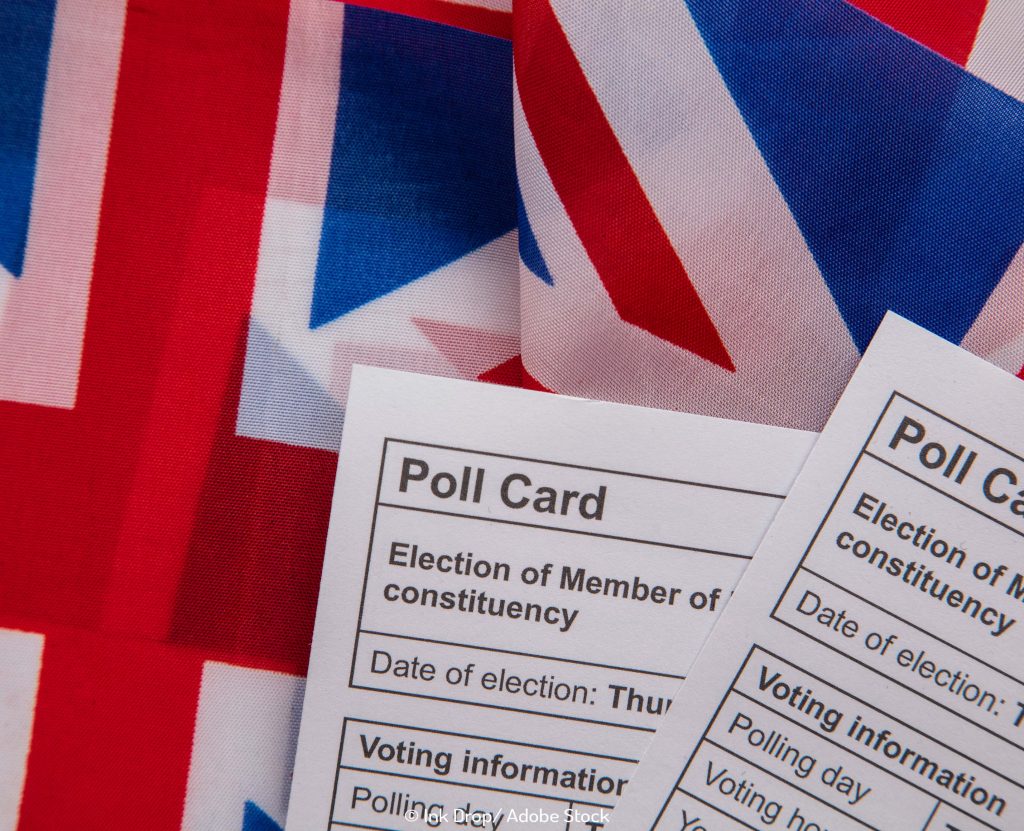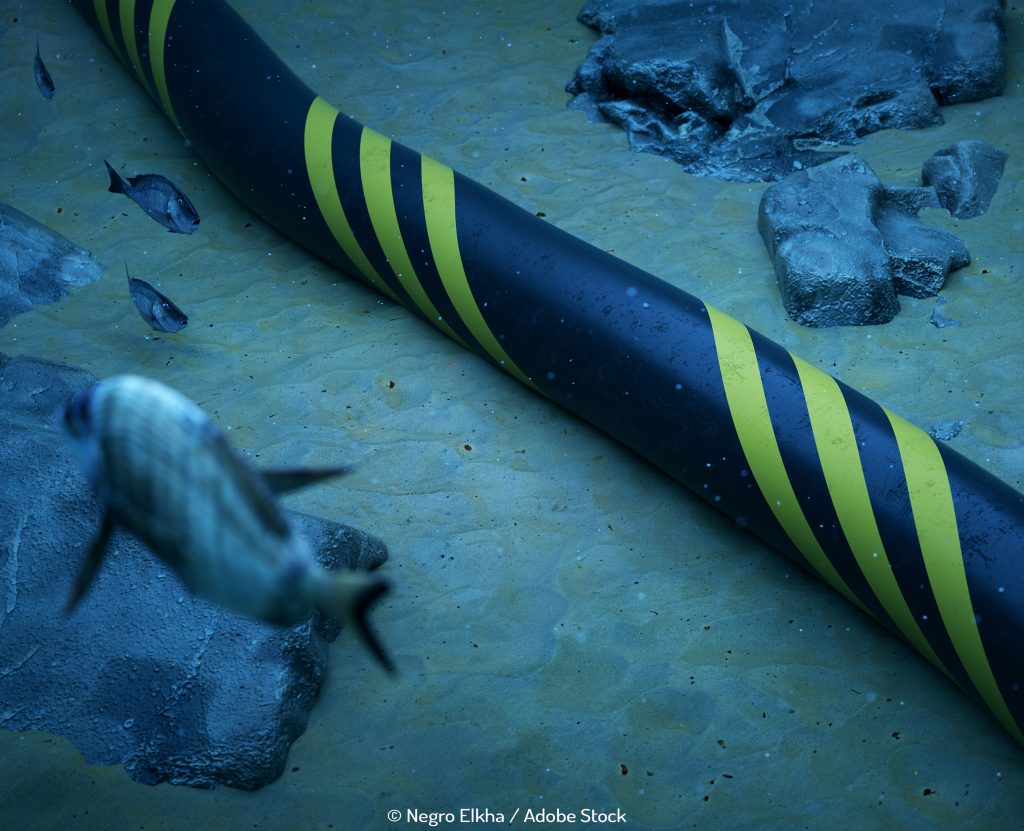Wind power is now the cheapest electricity to produce in the UK and Germany
For the first-time wind power is now the cheapest electricity to produce both in the UK and in Germany, even without government subsidies. Some say this latest information (from Bloomberg New Energy Finance) is a landmark moment for the UK government but it means it now faces a considerable challenge.
In recent months it has been accused of sounding the death toll for renewable energies through the removal of certain subsidies. On Thursday last week the energy minister confirmed that the Government was bringing about the early closure of the onshore wind Renewable Obligations scheme, saying, “We have a long-term plan to keep the lights on and our homes warm..To do this we will help technologies stand on their own two feet, not encourage a reliance on public subsidies. By bringing forward these amendments we are protecting bill payers whilst meeting our renewable energy commitments.”
Let’s address those two points: the official estimates suggest this move will save households 30p on annual energy bills; and secondly the Renewable Energy Association has raised concerns about whether or not those commitments are being met. (In June REA chief executive Dr Nina Skorupska warned, “The UK is underachieving in two of our three renewable energy obligations. There continues to be a number of major regulatory and administrative barriers holding back the progress of renewable energy deployment across Europe and the UK and these must be addressed as a matter of urgency if we are to get back on track towards the 2020 targets.”)
Onshore turbines produce 60% of the UK’s wind power and do so not only cheaper than coal, oil or gas power stations, but also offshore turbines which the Government has thrown its weight behind. In order to boost support for onshore wind Bloomberg believes public perception must be addressed. “There’s still a tendency for the general public to believe that renewables are really expensive while coal and gas are really cheap,” said Seb Henbest. “That is how it used to be not so long ago but over the past five years technology costs have come down significantly along with financing costs.”
There’s also a mistaken public perception that renewables are the only ones not standing on their own two feet at the moment. “There is no technology in the UK system at the moment which doesn’t receive subsidies,” says Jimmy Aldridge who works in the energy and climate change unit at the IPPR think-tank. “There are new subsidies at the moment to pay for coal, gas and nuclear to compensate for that fact that the business case for those technologies has changed in response to new cheaper renewable technologies.”
The shift to renewables is evident in the US according to BNEF, “They are really becoming cost-competitive and they’re competing more directly with fossil fuels. We’re seeing the utilisation rate of fossil fuels wear away.” It says though wind and solar have traditionally been a small fraction of US electricity – making up 5% in 2014 – production is rising and now those two energy sources are of a significant enough size to actually influence when coal and natural gas plants are kept running.
It calls this the ‘virtuous cycle’: as more wind and solar plants are installed, more coal and gas plants sit idle for longer and the coal and gas power costs go up. In addition, although there is a cost involved in building a solar or wind project once it’s there the marginal cost of the electricity it produces is basically zero, but fossil fuel plants require more fuel for every watt produced. As Bloomberg put it, “If you’re a power company with a choice, you choose the free stuff every time.”
When the Government made its decision to end wind subsidies for onshore farms some experts described it as bizarre. Its decision to give local people a veto over plans to develop wind farms when they have no comparable powers over fracking or say the development of a nuclear plant on their doorstep, also baffled business leaders.
With the UK dropping out of the EY Renewable Energy Country Attractiveness for Investment Index for the first time since it was set up, pressure must be building within the Department of Energy and Climate Change particularly with warnings from the governor of the Bank of England last month.
At a gathering of leading insurers, Mark Carney raised concerns about the rapid increase in weather-related catastrophes and the jump in both physical and financial costs. He said that, “climate change threatens global financial security and prosperity” and that these challenges currently posed by climate change, “pale in significance compared with what might come.”
There is one other problem. Because the cost would fall on future generations there was little impetus on the current one to fix it. “In other words once climate change becomes a defining issue for financial stability it may already be too late.”
It all begs one question – what is it going to take for the Conservative Government to blink?


